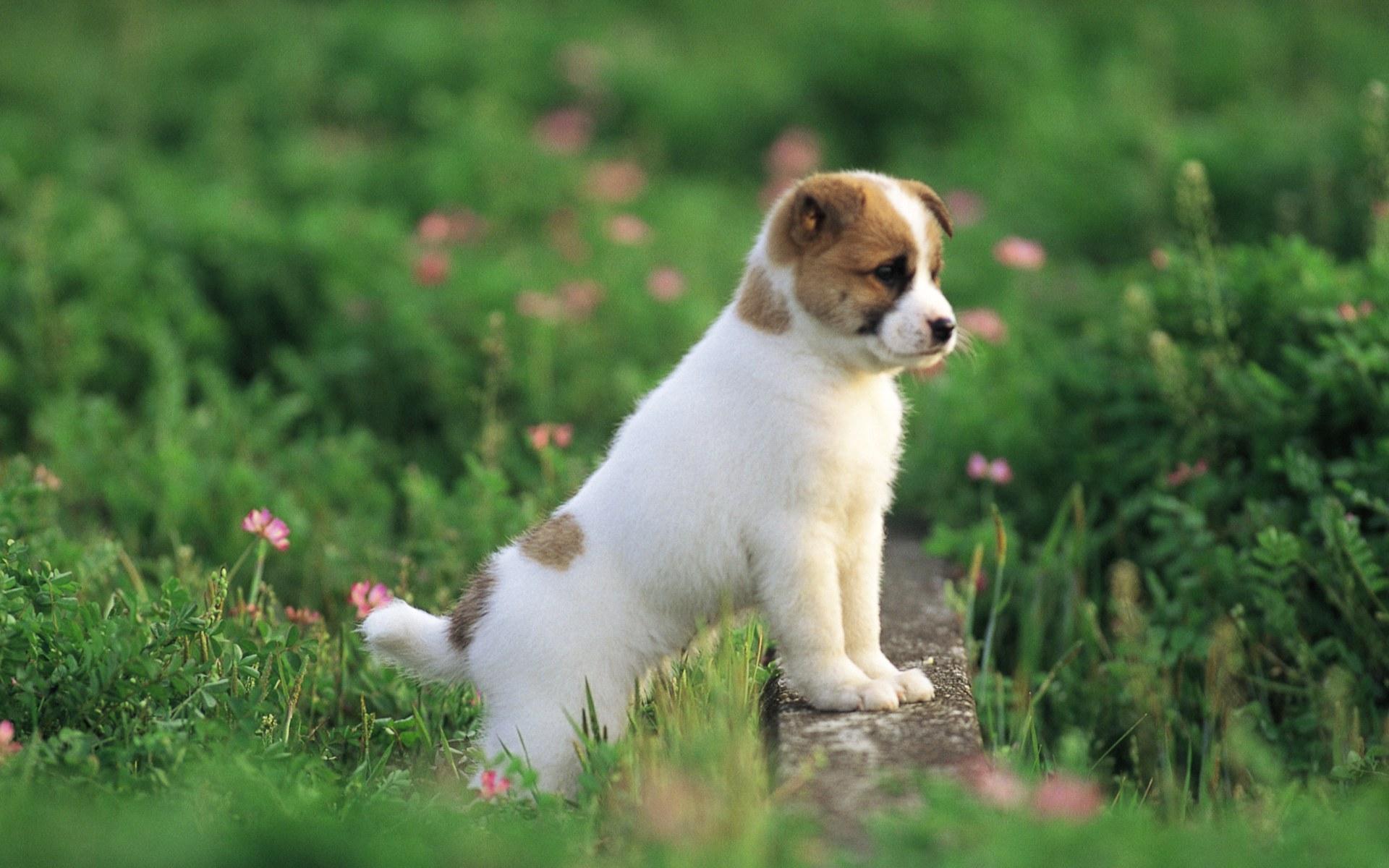WHAT HAPPENED TO THE GORGEOUS SHINY COAT?
Do you notice hot spots, bare patches, feline acne, dull-looking fur, itching, bumpy rashes, scratching, shedding, bad odor, dandruff, greasy coat, pigment changes, matting, and tangles on your cat or dog?
In most pets, minor skin and coat problems occasionally occur but it should never be a consistent problem. Skin is an organ of elimination and may be indicative of a deeper underlying condition. Most skin problems in pets are caused by lack of well-balanced raw natural diet, and owner neglect.
IT CAN GET WORSE BEFORE IT GETS BETTER
The key to healthy, shiny fur is good nutrition but you need to be aware of something. If you switch your pet from commercial food to an all-natural diet, they might develop some skin/coat issues!
Why?
Changing the diet stimulates detoxification which is body’s way of removing stored wastes. Since skin is an organ of elimination, you may notice hot spots, greasy coat, itching etc., some may even lose their old coat entirely before a new one appears. These symptoms of detoxification should not last for more than a month before you begin to see improvements.
Besides correcting the underlying cause of dull-looking coat – poor nutrition, there are other things you can do to help improve the quality of your cat or dog’s coat.
- Grooming
- Check for Fleas
- Foods
- Chia
- Coconut
- Eggs
- Almonds
- Carob
- Oats
- Liver
- Rose Geranium Tree Collar
- Chamomile for Irritated Skin
- Natural Shampoo and Condition
Brush! Brush! Brush! Nothing you can do on the outside to improve an animal’s coat like regular brushing. Whether your dogs and cats are a long-haired breed or short haired, both equally benefit from brushing. Brushing stimulates the lymph system, stimulates the skin, improves circulation, prevents tangling, distributes natural oils through the coat and removes fleas and ticks. Birds need regular bathing. Rabbits can be stroked with a soft brush.
Flea bites are one of the most common skin irritants in animals. Go overall furry animals with a flea comb once a month in winter, and once a week in summer; or whenever your pet may be in an environment where it can get fleas such as hiking trails, farm, parks with other animals etc.
Adding these power-foods into your companion’s diet will improve their over all health, but especially so the splendor of their coat:
Add a few drops of Rose Geranium essential oil to your dog’s collar to keep fleas at bay. However, it is not recommended for cats.
Make some chamomile tea, put in a spray bottle and spray onto the pets if you notice skin irritation in your pets.
Shampoos can be harsh on the animals and can dry out their coat. Use all-natural shampoos or shampoos with minimum amount of chemicals in them. Once a month, spray some diluted apple cider vinegar onto your companion’s fur for an added shine.
You will be amazed how big of a difference these simple practices into your pet’s grooming routine can make.

